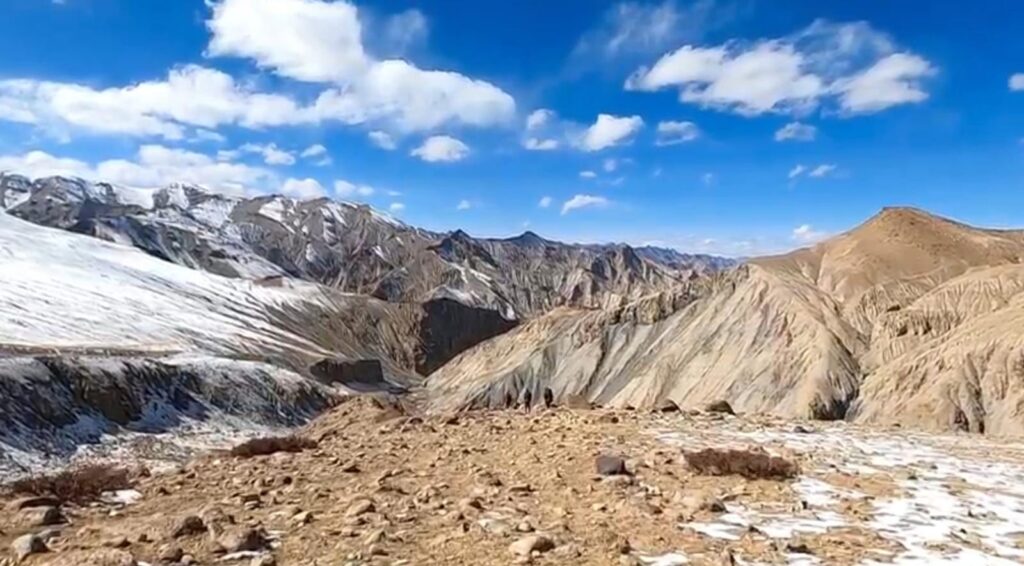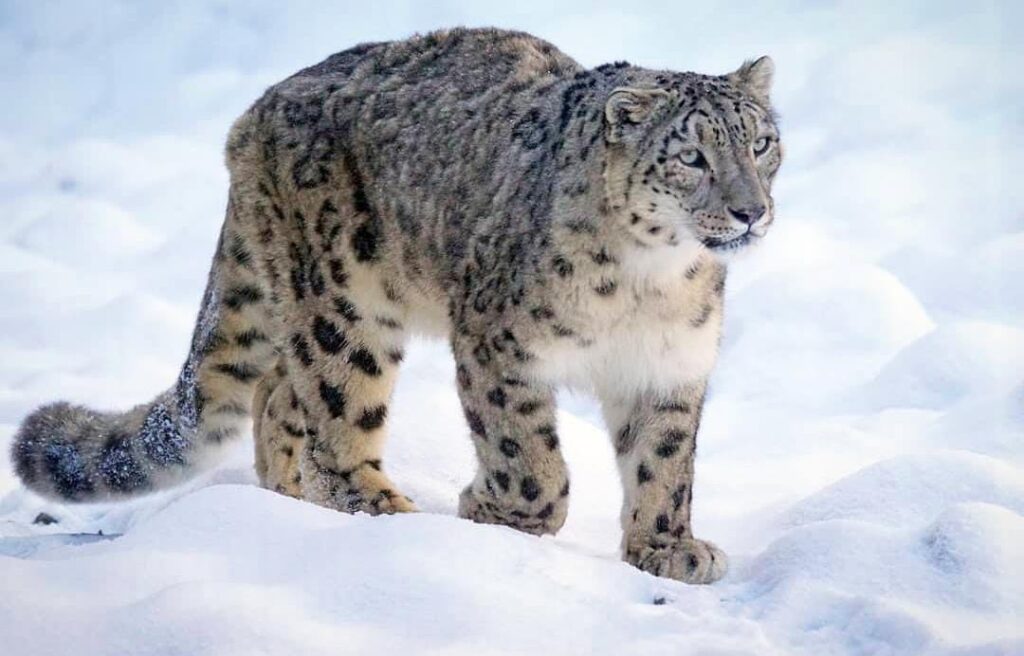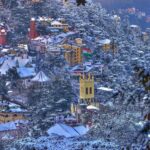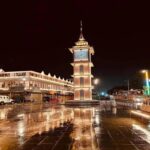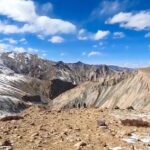Hemis National Park is a high altitude national park in Ladakh, India. It is the largest national park in South Asia and is home to a variety of flora and fauna, including the endangered snow leopard. The park is also known for its diverse landscape, which includes high altitude deserts, alpine meadows, and snow capped mountains.
Hemis National Park was established in 1981 to protect the snow leopard and other high altitude wildlife. The park is now home to an estimated 200 snow leopards, which is the highest density of these animals in any protected area in the world. In addition to snow leopards, the park is also home to a variety of other mammals, including the Eurasian brown bear, Tibetan wolf, and red fox. The park is also a popular destination for birdwatchers, as it is home to over 70 species of birds, including the Himalayan griffon vulture, golden eagle, and lammergeier vulture.
Hemis National Park is a popular destination for tourists and wildlife enthusiasts alike. Visitors can go on jeep safaris, treks, and birdwatching tours to explore the park’s diverse landscape and wildlife. The park is also home to the Hemis Monastery, one of the largest and most important Buddhist monasteries in Ladakh.
Hemis National Park is famous for its stunning natural beauty, diverse ecosystems, and unique wildlife. It is situated in the eastern part of the Ladakh region and is characterized by its rugged and mountainous terrain, including high altitude plateaus, deep gorges, and snow capped peaks. The park is part of the Trans Himalayan region and features a cold desert landscape with sparse vegetation.
One of the most significant features of Hemis National Park is its rich and diverse wildlife. It is home to several endangered and elusive species, such as the snow leopard, Tibetan wolf, Eurasian brown bear, and the elusive and endangered snow leopard. The park is also a vital habitat for various ungulates, including the Tibetan argali sheep, Asiatic ibex, and blue sheep.
The park serves as a critical refuge for these endangered species and plays a pivotal role in their conservation. The conservation efforts in Hemis National Park are supported by the local communities and various government and non government organizations.
Tourists and wildlife enthusiasts visit Hemis National Park to witness the unique wildlife and enjoy the mesmerizing landscapes. The park offers trekking and camping opportunities, allowing visitors to experience the pristine natural environment of the Trans Himalayan region. However, access to the park is restricted, and permits are required to enter, in order to protect its delicate ecosystems and wildlife.
Hemis National Park is not only a natural treasure but also a testament to India’s commitment to preserving its rich biodiversity and unique natural heritage. It remains a vital component of the country’s efforts to conserve endangered species and their fragile ecosystems in the face of various challenges, including climate change and habitat degradation.
How to reach Hemis national park
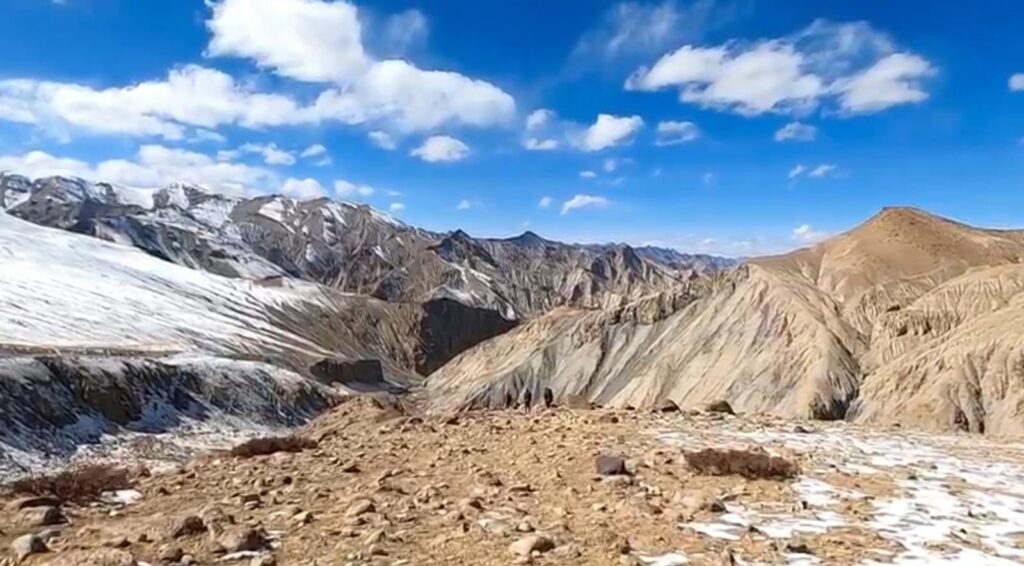
Reaching Hemis National Park involves traveling to the town of Leh, which is the nearest major urban center in the Ladakh region of northern India. From Leh, you can access the park through a combination of road and sometimes trekking, depending on the specific location within the park you wish to visit. Here’s a general guide on how to reach Hemis National Park:
- By Air:
The most common way to reach Leh, the gateway to Hemis National Park, is by air. The nearest airport is Kushok Bakula Rimpochee Airport (Leh Airport). You can book a flight to Leh from several major cities in India, such as Delhi, Mumbai, and Srinagar. Once you arrive at Leh Airport, you’ll need to make your way to the town of Leh, which is approximately 3 kilometers away. - By Road:
If you prefer to travel by road, you can access Leh via the following routes:
- From Srinagar: You can drive to Leh from Srinagar, the capital of Jammu and Kashmir. The Srinagar-Leh Highway is a scenic route that typically opens from late May to early October, depending on weather conditions. It offers breathtaking views of the Himalayan mountains and passes through beautiful valleys.
- From Manali: The Manali-Leh Highway is another popular road route that connects Leh to Manali in Himachal Pradesh. This road usually opens from June to early October, and it is known for its challenging terrain and high mountain passes.
- From other parts of Himachal Pradesh and Jammu and Kashmir: You can reach Leh via different road routes from various towns and cities in these states, although they may involve long journeys through remote areas.
- Local Transportation in Leh:
Once you arrive in Leh, you can hire taxis or use public transportation to travel within the town. Most accommodations and travel agencies can assist you in organizing transportation to nearby attractions, including Hemis National Park.
It’s important to note that road conditions and accessibility to Leh and the surrounding region can be affected by weather, particularly during the winter months. Therefore, it’s advisable to check local conditions and plan your trip accordingly, taking into account any travel advisories or restrictions that may be in place at the time of your visit.
History of hemis national park
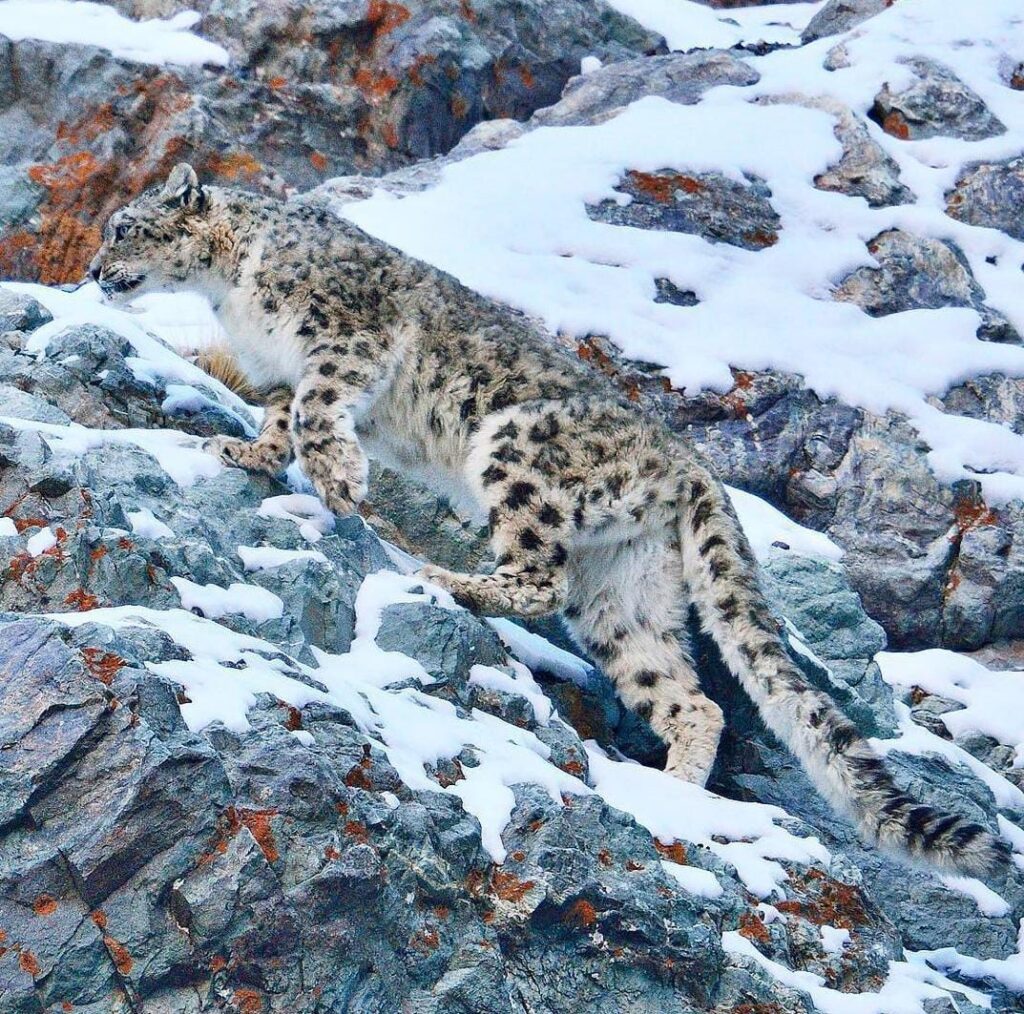
The history of Hemis National Park dates back to thousands of years, with evidence of human habitation in the region dating back to at least 12,000 years ago. The park is also home to numerous Tibetan gompas and holy chortens within its boundaries, including the famous 400-year-old Hemis Monastery. Hemis played a significant role as a stopover and trading hub along the ancient Silk Routes connecting Tibet and Central Asia.
The park was officially established in 1981 to protect the snow leopard and other high altitude wildlife. At the time, the park covered an area of approximately 600 square kilometers. However, the park’s area was gradually increased over the years, and it now encompasses an area of 4,400 square kilometers, making it the largest national park in South Asia.
Hemis National Park has played a significant role in the conservation of the snow leopard. The park is now home to an estimated 200 snow leopards, which is the highest density of these animals in any protected area in the world. The park has also been successful in protecting other high-altitude wildlife, such as the Tibetan wolf, Eurasian brown bear, and Asiatic ibex.
In addition to its conservation significance, Hemis National Park is also a popular tourist destination. Visitors can go on jeep safaris, treks, and birdwatching tours to explore the park’s diverse landscape and wildlife. The park is also home to the Hemis Monastery, one of the largest and most important Buddhist monasteries in Ladakh.
Hemis National Park is a vital part of India’s natural heritage. It is a home to a variety of unique and endangered wildlife, and it plays a significant role in their conservation. The park is also a popular tourist destination, and it offers visitors the opportunity to experience the beauty and diversity of the Trans-Himalayan region.
Best time to Visit Hemis national park
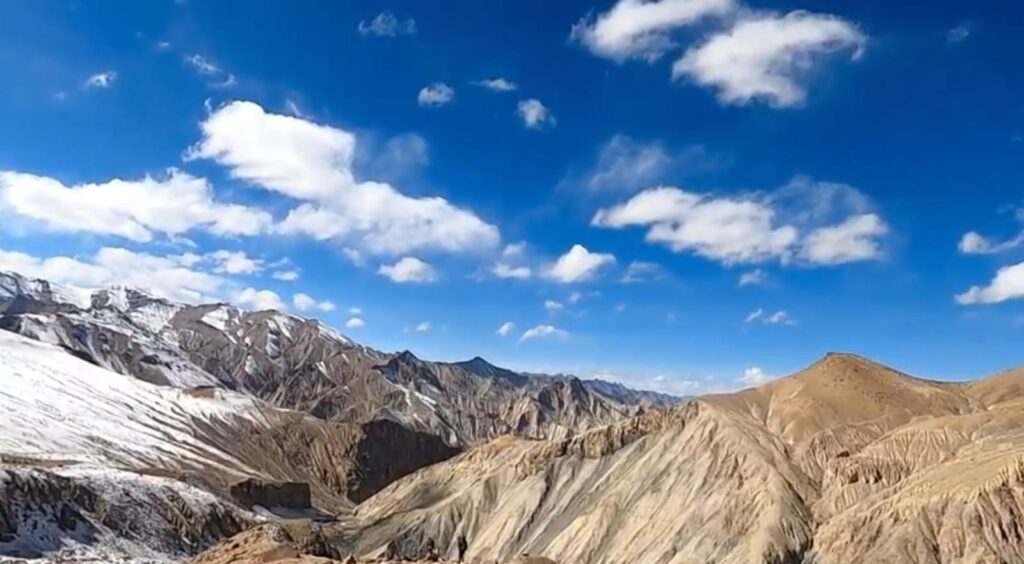
The best time to visit Hemis National Park is during the summer months (May to September), when the weather is mild and sunny. The temperature during these months ranges from 10°C to 25°C. The sky is also clear and sunny during this time, making it ideal for wildlife viewing and trekking.
However, Hemis National Park is open year round. The winter months (November to April) are very cold and snowy, with temperatures dropping below freezing. The roads to the park are also often closed during this time.
Spring:
Spring (April to June) is a beautiful time to visit Hemis National Park. The weather is mild and sunny, and the wildflowers are in bloom. This is also a good time to see wildlife, as the animals are more active in the warmer weather. However, it is important to note that the park is still closed to visitors during the early spring months (April to May).
Summer:
Summer (July to September) is the peak tourist season in Hemis National Park. The weather is warm and sunny, and the park is fully open to visitors. This is a good time to go on treks and jeep safaris, as the trails are dry and the weather is pleasant. However, it is important to note that the park can be quite crowded during this time of year.
Autumn:
Autumn (October to November) is a shoulder season in Hemis National Park. The weather is still mild, but the park starts to close down for the winter. This is a good time to visit if you want to avoid the crowds and enjoy the park’s beauty in peace. However, it is important to note that some of the park’s facilities may be closed during this time of year.
Winter:
Winter (December to March) is a harsh time in Hemis National Park. The weather is very cold and snowy, and the park is closed to visitors. This is the best time to visit if you want to see the park’s snow-capped mountains and glaciers. However, it is important to note that the park is only accessible by foot during this time of year.
Overall, the best time to visit Hemis National Park is during the summer months (July to September), when the weather is mild and sunny and all of the park’s facilities are open. However, the park is also beautiful during the other seasons, and each season has its own unique advantages.
Things you can do Hemis National Park 2023
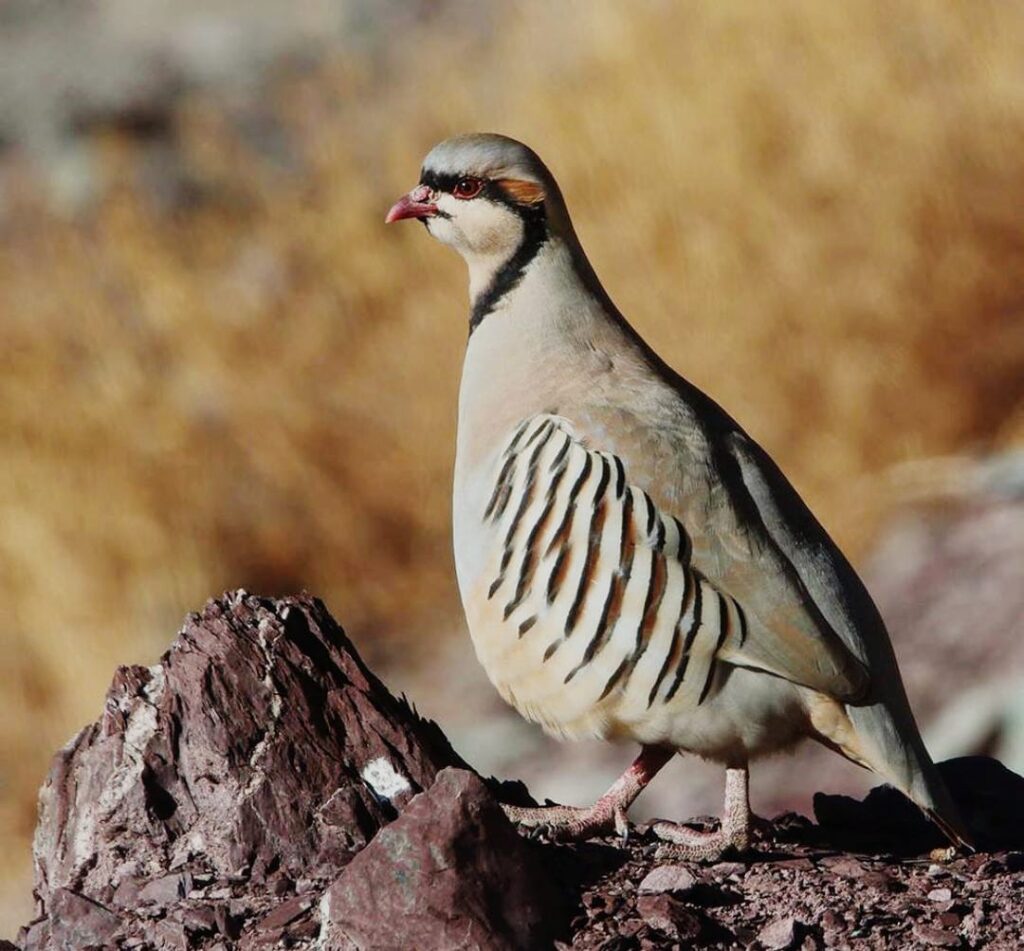
Hemis National Park in Ladakh, India, offers a range of activities for visitors who want to experience its natural beauty and unique wildlife. Here are some things you can do in Hemis National Park:
Wildlife Viewing:
- One of the primary attractions of Hemis National Park is its diverse wildlife. While the park is renowned for the elusive snow leopard, you can also spot other species such as Tibetan wolf, Eurasian brown bear, Tibetan argali sheep, Asiatic ibex, blue sheep, and various bird species.
Snow Leopard Safari:
- Participate in guided snow leopard safaris during the winter months (December to March) for a chance to see this elusive and endangered cat in its natural habitat. Local guides are experienced in tracking and locating snow leopards.
Birdwatching:
- Hemis National Park is a great destination for birdwatching. You can spot a variety of avian species, including golden eagles, lammergeiers, and other high-altitude birds.
Trekking:
- The park offers trekking opportunities for adventure enthusiasts. You can explore various trails, such as the Hemis to Zanskar trek or the Hemis to Stok Kangri trek, which provide stunning views of the surrounding landscapes.
Camping:
- Enjoy camping in the pristine natural environment of the Trans-Himalayan region. Campsites within and near the park offer a unique experience of being in the heart of the wilderness.
Photography:
- Hemis National Park offers incredible photographic opportunities, from capturing the breathtaking landscapes to photographing the park’s diverse wildlife.
Attend the Hemis Festival:
- If your visit coincides with the Hemis Festival, don’t miss the opportunity to experience this vibrant cultural event at Hemis Monastery, located near the park. The festival features traditional dance performances and religious ceremonies.
Explore Hemis Monastery:
- Visit Hemis Monastery, one of the wealthiest and most well-known monasteries in Ladakh. Explore its architecture, religious artifacts, and the museum that houses ancient artifacts and thangkas (Buddhist paintings).
Learn About Conservation:
- Engage with local conservation organizations and learn about the efforts to protect snow leopards and other endangered species. Many organizations offer educational programs and workshops.
Experience Local Culture:
- Interact with the local communities and learn about their culture and way of life. Enjoy Ladakhi cuisine and stay in homestays to experience the local hospitality.
Stargazing:
- The high altitude and remote location of Hemis National Park make it an ideal place for stargazing. On clear nights, you can witness a stunning display of stars and constellations.
Before you visit Hemis National Park, make sure to obtain the necessary permits and plan your trip with proper consideration for altitude and weather conditions. Responsible tourism practices, such as respecting the park’s regulations and minimizing your impact on the environment, are essential to help preserve this unique ecosystem.
Frequently asked questions about Hemis national park
Hemis national park is famous for?
Hemis National Park is famous for its snow leopards and diverse wildlife.
Hemis national park is famous for which animal?
Hemis National Park is most famous for the elusive and endangered snow leopard. This magnificent cat species is a primary attraction for wildlife enthusiasts and conservationists who visit the park.
Hemis national park situated in which state?
Hemis National Park is situated in the Indian union territory of Ladakh.
Ladakh was formerly a part of the state of Jammu and Kashmir, but in 2019, the Indian government reorganized the state into two union territories: Jammu and Kashmir, and Ladakh. Hemis National Park is located in the eastern part of Ladakh, about 45 kilometers from the capital, Leh.
Hemis National Park is the largest national park in India and is home to a variety of wildlife, including the endangered snow leopard. The park is also a popular destination for trekking and camping.
How large is Hemis National Park?
Hemis National Park covers an area of approximately 4,400 square kilometers (1,700 square miles), making it the largest national park in South Asia.
What is the best time to visit Hemis National Park?
The best time to visit Hemis National Park is during the summer months, from May to September when the weather is more favorable for wildlife spotting and outdoor activities. However, it’s important to check local conditions and regulations before planning a trip.
What is the main attraction of Hemis National Park?
The main attraction of Hemis National Park is its diverse wildlife, including the elusive snow leopard, Tibetan wolf, and various other endangered species. The park is also known for its stunning landscapes and unique Trans-Himalayan ecosystem.
How to reach Hemis National Park?
Hemis National Park is accessible from Leh, the largest city in Ladakh. Travelers can reach Leh by air or road, and from there, various modes of transportation are available to reach the park.
Do I need a permit to enter Hemis National Park?
Yes, permits are required to enter Hemis National Park, and they can be obtained from the Wildlife Department in Leh. These permits are essential for both domestic and international tourists.
What are the trekking and camping opportunities in Hemis National Park?
Hemis National Park offers trekking and camping opportunities for visitors, allowing them to explore the park’s pristine environment. Popular trekking routes include the Hemis to Zanskar trek and the Hemis to Stok Kangri trek.
Is it possible to see a snow leopard in Hemis National Park?
While snow leopards are elusive and not always easy to spot, Hemis National Park is one of the best places in the world to see these magnificent cats. Winter is considered the best time for snow leopard sightings.
What are the other wildlife species found in Hemis National Park?
Hemis National Park is home to a variety of wildlife, including Tibetan argali sheep, Asiatic ibex, blue sheep, Eurasian brown bears, and a diverse range of bird species.
Is there accommodation available near Hemis National Park?
Yes, there are accommodations available in and around Leh, which is the nearest major town to Hemis National Park. Visitors can find hotels, guesthouses, and homestays in Leh for their stay.
Discover the Magic of Kashmir’s Natural Beauty in Our New Blog – An Adventure You Can’t Miss! THIKSEY MONASTERY , LEH ~ LADAKH , SHANTI STUPA , LEH PALACE , Pangong tso , tso moriri , Nubra valley , khardung la , Magnetic hill
